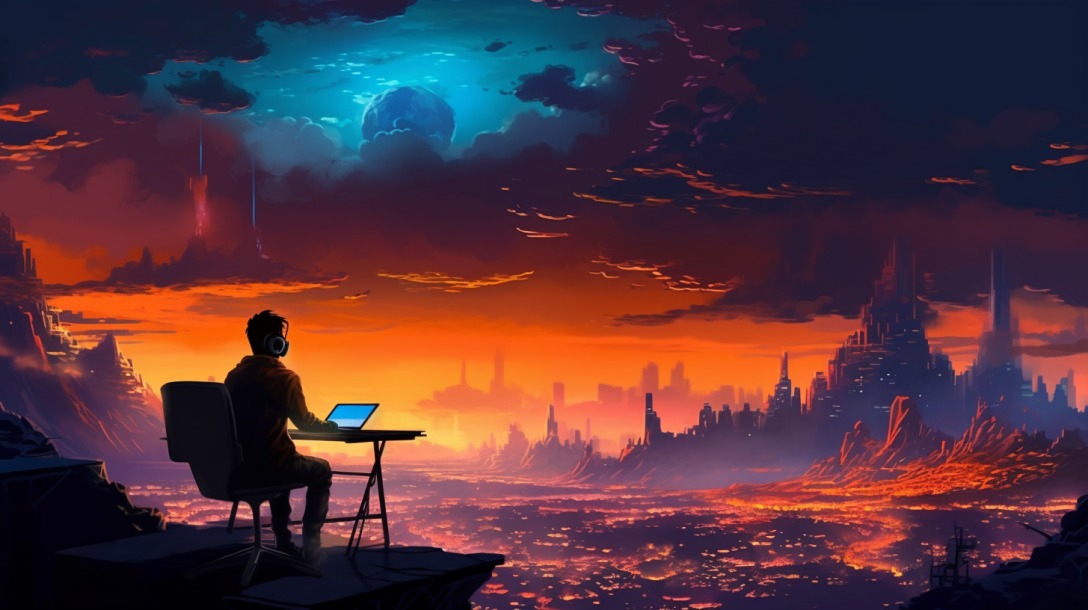Mastering Midjourney: How to Craft the Perfect Input

Introduction
In the realm of digital art creation, Midjourney stands as a revolutionary tool that transforms text prompts into stunning, photorealistic images. However, the key to unlocking its full potential lies in the way you craft your input. This blog post will guide you through the process of creating effective prompts for Midjourney, ensuring you get the best results every time.
Understanding Midjourney
Before we delve into the specifics, it’s important to understand what Midjourney is and how it works. Midjourney is an AI-powered tool that generates photorealistic images based on textual prompts. It interprets the input you provide and uses it as a blueprint to create a unique visual representation.
We assume you already have Discord (free) and Midjourney ($10/month) accounts set up. If not, go create both, in that order, and invite the MidjourneyBot to your own server so you can play with it in peace.
The main command you’ll want to use is /imagine prompt, followed by your imput. Midjourney will then create 4 images for you. If you are satisfied with one image, ask for an upscaled version with the U# button. If you are not satisfied but one of the images is pretty close, you can ask for variations on this image with the V# button, or go back to the drawing board by modifying your input:
Crafting the Perfect Input
-
Be Specific: Midjourney thrives on details. The more specific your prompt, the better the output. For instance, instead of saying “a forest,” try “a dense forest with towering pine trees, bathed in the golden light of a setting sun.”
-
Use Descriptive Language: Paint a picture with your words. Use adjectives and adverbs to describe the scene, objects, colors, lighting, and mood. This helps Midjourney understand the exact image you have in mind.
-
Structure Your Input: Break down your prompt into smaller, manageable parts. This can be especially helpful for complex scenes. For example, instead of giving a single long prompt, you could structure it as: “Background: a stormy sky with dark, ominous clouds. Foreground: a calm sea with a solitary sailboat.”
-
Experiment: Don’t be afraid to try different prompts. Midjourney is designed to handle a wide range of inputs. Experiment with various themes, styles, and descriptions to discover its full potential.
-
Number of Prompts: You can provide multiple prompts at once. This can be useful when you want to generate a series of related images. However, remember that each prompt should be distinct and detailed for the best results.
Advanced Options
Midjourney also allows you to specify certain parameters for more control over the output:
-
Aspect Ratio: You can specify the aspect ratio of the generated image. This is particularly useful when you need the image to fit specific dimensions, such as for a website banner or a social media post. For example,
--ar 16:9 -
Quality: The rendering time is 1 ‘GPU-minute’ by default, feel free to increase it if you have the minutes available (check it with the
/infocommand). For example,--q 2
Please note that the syntax for the advanced options may vary depending on the specific implementation of the Midjourney tool. Always refer to the official documentation for the most accurate information.
Conclusion
Crafting the perfect input for Midjourney is both an art and a science. It requires a good understanding of the tool, a vivid imagination, and a knack for descriptive language. With these tips in hand, you’re well on your way to mastering Midjourney and creating stunning, photorealistic images with ease.
Remember, the only limit is your imagination. So, letyour creative juices flow and start crafting your perfect Midjourney prompts today!